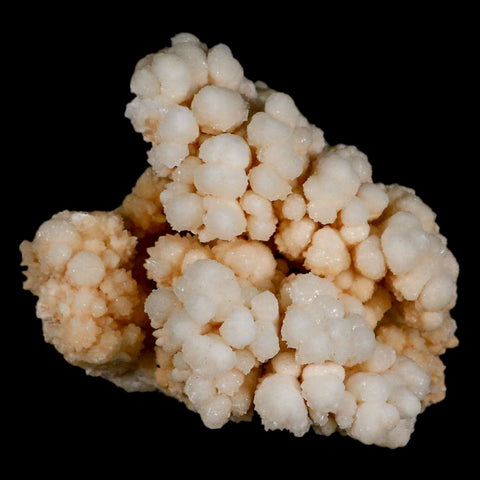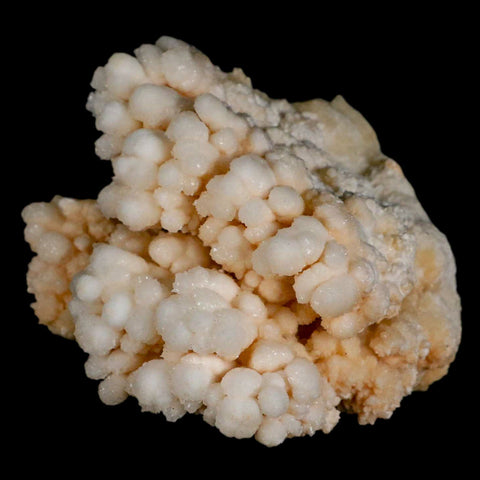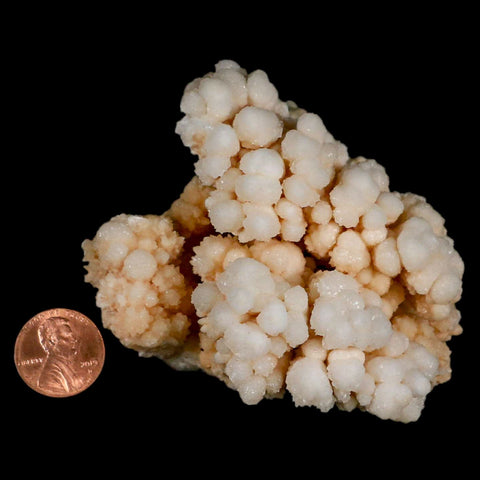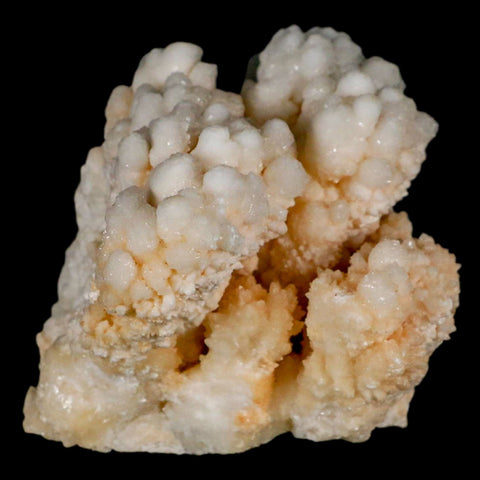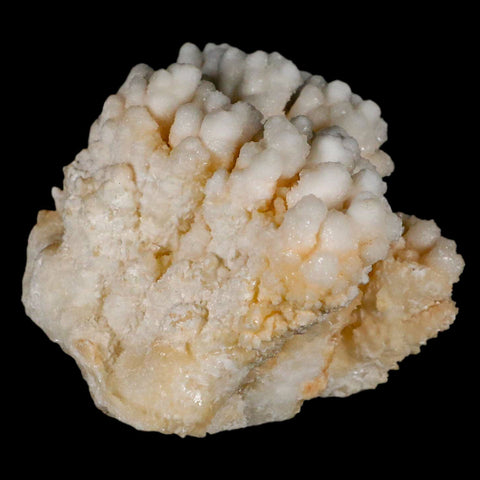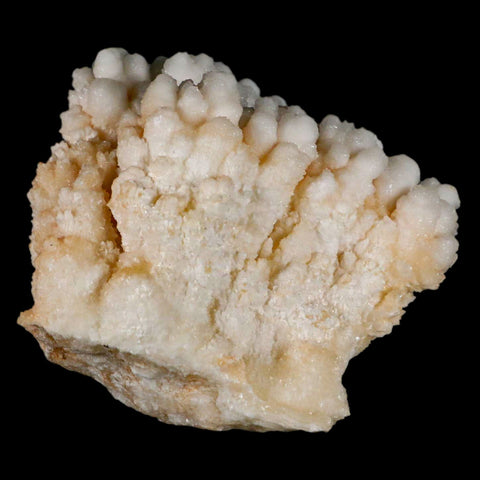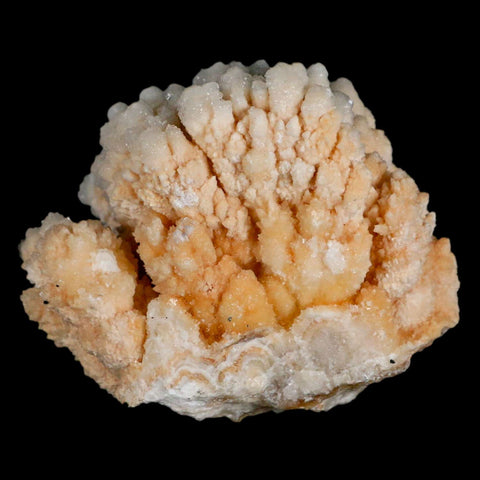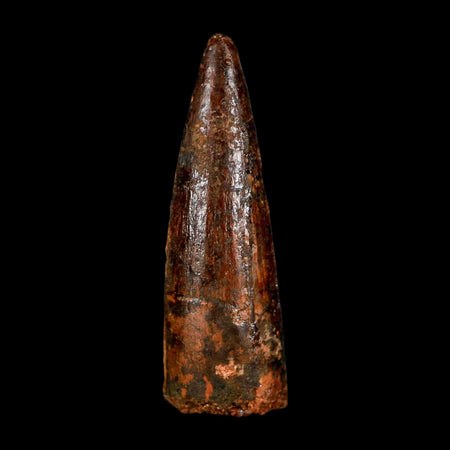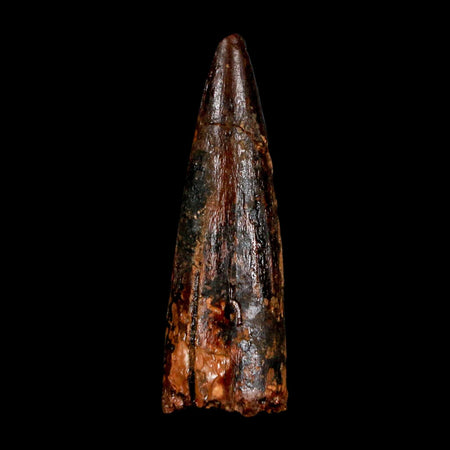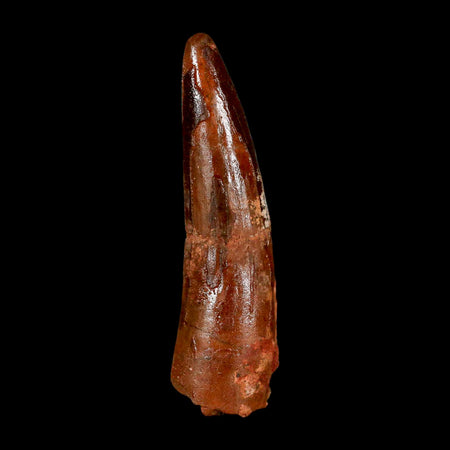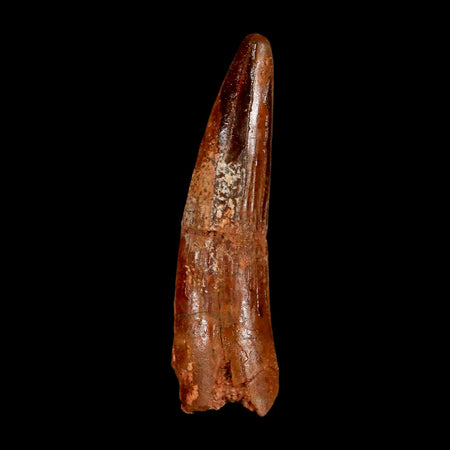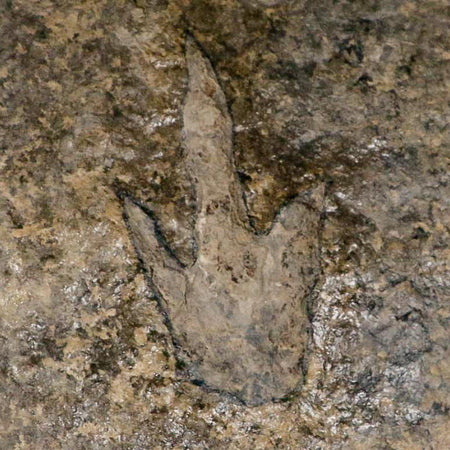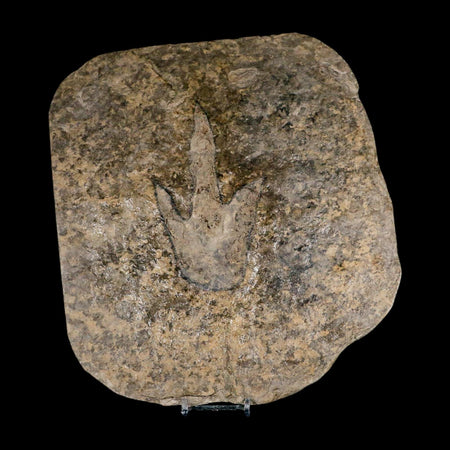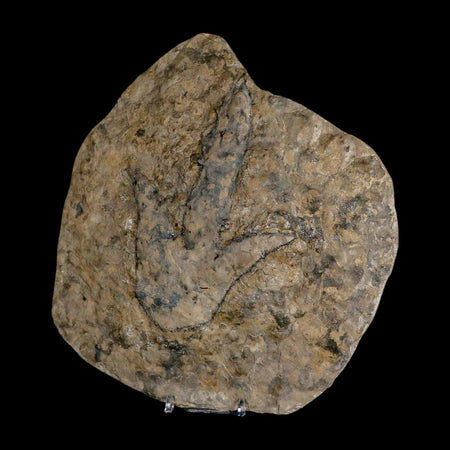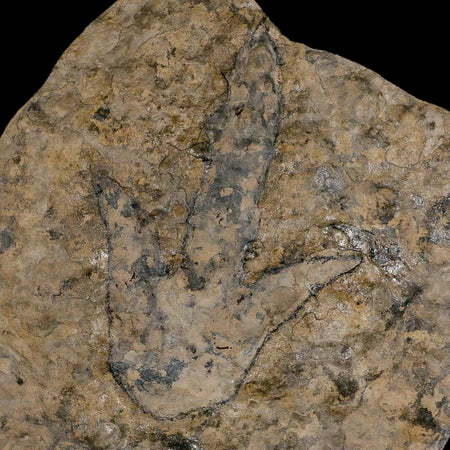3.1" Botryoidal Aragonite Cave Calcite Crystal Cluster Mineral Specimen Morocco
Location: Morocco
Weight: 12.9 Ounces
Dimensions: 3.1 Inches Long, 2.9 Inches Wide, 2.4 Inches Wide
The item pictured is the item you will receive
Aragonite plays a crucial role in the survival of many of Earth's organisms, especially invertebrates that depend on this mineral to build their shells and other hard structures. When you appreciate a colorful seashell, you are recognizing the diverse colors Aragonite possesses as well as its natural ability to form readily at the Earth's surface.
Aragonite and calcite are ‘polymorphs’, minerals that have the same chemical composition but slightly different crystal structures. Both minerals can occur together and are so similar to one another that distinguishing between them is seldom important to anyone but a professional geologist. Calcite is more stable and common than Aragonite under the chemistry of our modern seas, but at times in the Earth’s past, Aragonite was the more stable and common form. The two minerals are nearly identical in their physical properties.
Calcite is a calcium carbonate mineral with a hardness of 3, found worldwide in a variety of shapes and colors. It is a primary component of both marble and limestone. Yellow calcite typically appears in massive rather than crystalline form, with the finest examples originating from Mexico. The name “calcite” comes from the Greek word “chalix,” meaning lime. This mineral displays a wide color range, including red, green, orange, yellow, blue, pink, clear, black, and white. As one of the Earth's most abundant minerals, calcite forms in diverse geological settings. Some varieties fluoresce blue or red under UV light. Calcite has historically been used in cement and mortar, and its clear, translucent forms have been utilized in gun sights and polarizing microscopes.


